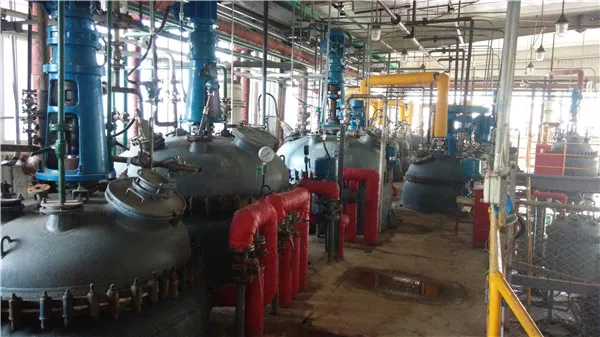Chemical Dosing in Chilled Water Systems
In modern HVAC (Heating, Ventilation, and Air Conditioning) applications, chilled water systems are critical for maintaining comfortable indoor environments, particularly in commercial and industrial settings. To ensure these systems operate efficiently and reliably, chemical dosing plays a vital role in water treatment processes. The correct management of chemical dosing not only protects the infrastructure from corrosion and scale but also enhances the overall performance of the chilled water system.
The Need for Chemical Dosing
Chilled water systems circulate water to cool air in buildings through chillers and cooling coils. Over time, contaminants such as minerals, biological growth, and corrosion byproducts can accumulate in the system. Without intervention, these contaminants can lead to several issues, including reduced heat transfer efficiency, increased energy consumption, and even catastrophic system failures. Therefore, chemical dosing is implemented to mitigate these problems, ensuring the longevity and efficiency of the chilled water systems.
Types of Chemicals Used
Several chemicals are commonly used in the dosing process for chilled water systems
1. Corrosion Inhibitors These chemicals, such as azoles or phosphonates, form protective films on metal surfaces, preventing corrosion. They are particularly important in systems where metals are subject to oxidation.
chemical dosing in chilled water system

2. Scale Inhibitors Agents like polyacrylic acid or phosphoric acid prevent mineral scale buildup, which can obstruct pipes and heat exchangers. By maintaining a clean system, the heat exchange efficiency is preserved, reducing energy costs.
3. Biocides To control biological growth such as algae and bacteria, biocides are periodically introduced. This is crucial for preventing biofouling, which can lead to blockages and reduced system performance.
4. pH Adjusters Maintaining the appropriate pH levels is essential for maximizing the effectiveness of other chemicals and preventing corrosive conditions. Sodium hydroxide or sulfuric acid may be utilized based on the existing pH balance in the system.
Benefits of Proper Chemical Dosing
Implementing a systematic chemical dosing regimen brings multiple benefits. Firstly, it enhances system efficiency by maintaining optimal heat exchange capabilities, leading to lower energy consumption and operational costs. Secondly, it significantly reduces maintenance needs and extends the lifespan of critical components such as pumps, chillers, and piping networks. Moreover, consistent chemical treatment minimizes the potential for system failures, creating a safer workplace environment.
Conclusion
In summary, chemical dosing is an essential practice in the management of chilled water systems. By employing the right chemicals and maintaining precise dosing schedules, facilities can protect their investments, enhance energy efficiency, and ensure continuous operation. As the importance of sustainable practices increases, optimizing chilled water systems through effective chemical dosing will continue to be a critical focus for HVAC professionals in striving for both operational efficiency and environmental responsibility. Regular monitoring and adjustment of chemical doses enable facilities to adapt to ever-changing system conditions and maintain robust performance across their HVAC operations.

